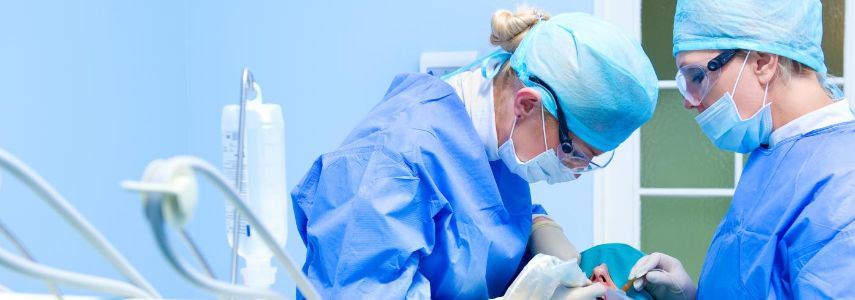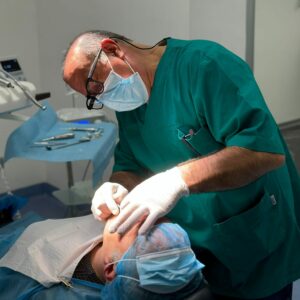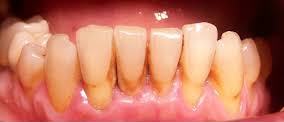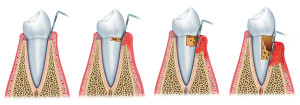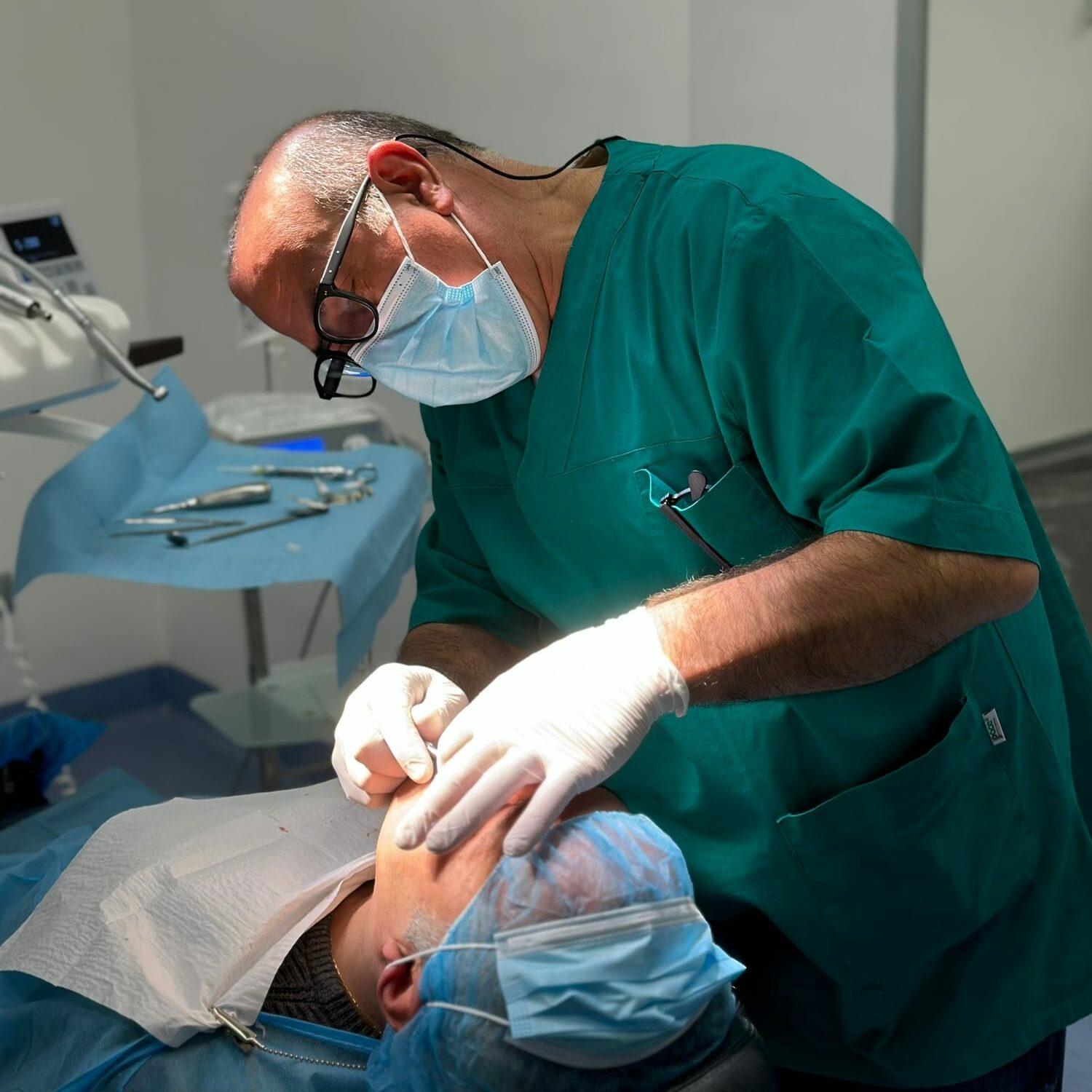Oral surgery is the branch of dentistry that deals with all surgical interventions affecting the oral cavity, with the aim of solving clinical cases with pathologies that cannot be cured with drugs or simple treatments.
Oral surgery has different variations depending on the area of intervention, in this article we will explore four particular aspects of oral surgery:
- extractive surgery
- implant surgery
- endodontic surgery
- reconstructive and regenerative surgery
Chirurgia orale estrattiva
Mining surgery is perhaps the most common, it is used when:
- there is the impossibility of recovery of a tooth or root following a serious pathology;
- the condition of teeth included or seeds included (as often happens for wisdom teeth) occurs;
- the spontaneous fall of the deciduous teeth does not occur and action must be taken to leave room for the permanent teeth.
In the presence of one or more of the conditions listed above, the dentist will proceed with a detailed scan of the oral cavity to obtain with maximum precision the digital impression of the teeth to be extracted and the surrounding tissues and to subsequently plan and detail all the phases of the intervention.
Thanks to the use of innovative technological tools and the expertise of specialized dentists, extractive surgery operations do not cause trauma to the patient and have a rapid course.
Implant surgery
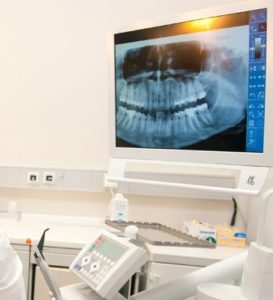 Implant surgery is better known as implantology and can be defined as a surgical procedure aimed at rehabilitating the chewing and aesthetic function of patients suffering from partial or total edentulism.
Implant surgery is better known as implantology and can be defined as a surgical procedure aimed at rehabilitating the chewing and aesthetic function of patients suffering from partial or total edentulism.
Thanks to implantology, it is possible to replace the missing teeth by inserting artificial pillars into the maxillary bones on which one or more fixed prostheses are then installed.
We can distinguish two types of intervention in the field of implant surgery:deferred load implantology andimmediate loading implantology. The first is characterized by the insertion of the prosthesis only after osseointegration has taken place, which presupposes a wait that varies from 3 to 6 months; immediate load implantology is instead characterized by the possibility of inserting one or more prostheses within 24-72 hours of surgery and without particular trauma.
Implantology is the best solution to counteract bone resorption, restore chewing functions and smile again with the guarantee of having teeth fixed and stable over time.
Endodontic surgery
Endodontic surgery is a mandatory intervention if it is not possible to intervene with a root canal treatment (devitalization) on a tooth that has severe inflammation at the root apex.
When the passage inside the tooth and roots presents particular difficulties, action is taken with
endodontic surgery also called apicectomy. In this case the oral surgery consists of incision of the gum, removal of a portion of bone, exposure of the apex of the root, removal of the granuloma with cutting of the root apex (for this called apicectomy), then proceed with the filling of the residual root.
The surgery takes place under local anesthesia and also in this case the qualified competence of the dental doctors and the use of innovative technological instruments, such as 3D software, relieve the patient of trauma making the procedure quick and painless.
Reconstructive and regenerative surgery
Regenerative surgery consists in the reconstruction of bone and gum tissue affected by “bone atrophy” as a result of pathologies such as: periodontitis,partial or total edentulousness. Regenerative surgery allows to reconstruct damaged or lost tissue and can occur simultaneously with the insertion of the implant (peri-implant bone regeneration) or before carrying out implant surgery (pre-implant bone regeneration).
Bone regeneration can take place in two ways: through self-bone transplantation, i.e. taking the bone from another part of the patient’s body and grafting it into the gum; or proceed with the application of an artificial bone, made of synthetic and biocompatible material, which installed in the gum and covered with a resorbable membrane, integrates perfectly with the bone.
The Sanident clinic,thanks to its proven experience in the field of implantology, is able to intervene in both ways, guaranteeing the patient maximum efficiency.




